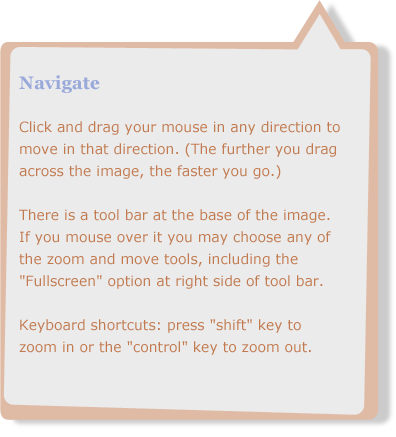UPPER UNKAR
September 2008
Excavated: September 10-17, 2008
Image taken: September 12, 2008
Backfilled: September 18, 2008
The Upper Unkar site was initially reported in 1988. At that time, several masonry walls and a wooden post were exposed in a gully (arroyo). In 1995 and 2002, archaeologists documented continued erosion by the deepening arroyo, along with additional damage to this archaeological site.
Excavation work focused on the archaeological features being eroded by the large gully. Archaeologists uncovered a large masonry room and several smaller features such as stone-lined storage bins (cists). Relatively few artifacts were recovered during this excavation, suggesting that much of the site, including the outside activity area and trash midden, had already been destroyed by erosion. The artifacts that were found revealed that ancestral Puebloan people occupied the Upper Unkar site from about A.D. 1140-1170.
This view shows how the archaeologists focused their work along the arroyo where active erosion was taking place. In addition to excavating the archaeological features, crew members also studied the sediment in and around the site to learn more about the environmental factors that affected the site before, during, and after the time people lived here. Geo-archaeology is a multi-disciplinary study of archaeology, geology, geography, and geomorphology that examines how physical environments interrelate with land use practices and archaeological sites. For example, the sediment that covered this site is composed primarily of material that washed down from the hills and cliffs above it after the site became unoccupied. Learn more about it here.



